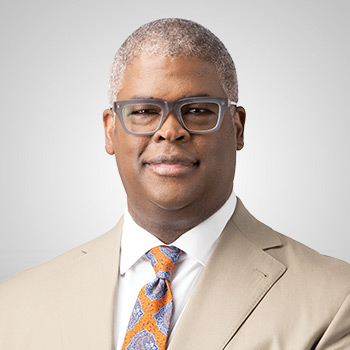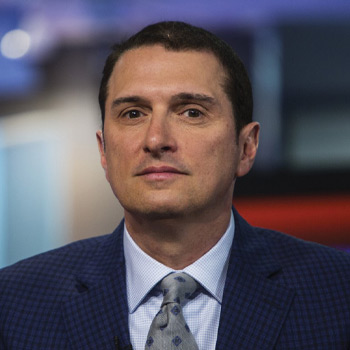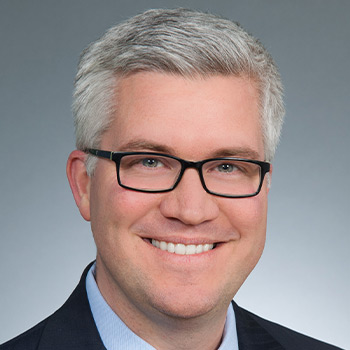Why does OPEC build it up Buttercup, baby, so the algos can crash it down and mess it around, and then worst of all (worst of all) the market never falls when they say it will but is undersupplied still? The oil then skews more than at any time darlin'. But you must know from the start. While OPEC builds you up buttercup don’t break your hearts, mondegreens Phil Flynn of PRICE Futures Group.
Oil prices seemed very disappointed about a production 2.2-million-barrel voluntary oil production cut from the OPEC Plus cartel that almost everyone agrees was not needed. While OPEC seemed to build up expectations leading to a sharp rally, at the end of the day the market was skeptical that OPEC could keep its promises. Even the OPEC’s Joint Ministerial Monitoring Committee (JMMC) said that no action was needed to cut production, but the OPEC Plus cartel decided to cut production anyway. The reason that OPEC Plus decided to act in large part is because they are tired of speculators and algorithmic traders adding volatility and beating up the market.
Yes, we did hear from the Russian Deputy Prime Minister of Russia Alexander Novak who said they are cutting because they fear a slowdown in demand that has not happened yet, and a report from the Energy Information Agency that adjusting their way to a reported new monthly high in US oil production of 13.24 million barrels a day, yet unless demand crashes as we end maintenance season, the market is going to be undersupplied.
Some said they were disappointed that the cuts were only voluntary, and some said it was because the cut was only for the first quarter and not for the first half. I wonder just how badly they want this market to be undersupplied. Saudi Arabian OPEC lollipop cut only added another 1,000,000 barrels a day cut and were disappointed that the headline 2.2 million barrel cut included the previous. You seem to have a sense from some traders that because the oil cuts are only going to be voluntary, some of the members might not comply. The OPEC has not had compliance issues for years, outside of the cartel. Sure, many smaller OPEC countries can’t even hit their quota and others like Iran and Iraq had political issues that allowed them not to have a quota in years past so it will be interesting to see if they follow through and live up to their promises.
Yet that is a sideshow because even if they continued to keep output at current levels we are still on track to be undersupplied in the first half of the year by at least two million barrels a day based on record global oil demand. If the US GDP is really at 5,2% it will be a larger deficit than that. Of course in the heart of shoulder season, you can afford to play games because the Grim Reaper is still far away. But strangely it is much closer than you think.
Even Bloomberg wrote that “Trading oil has perhaps never been more of a roller coaster ride than it is today. They say, “What’s happening can’t be entirely explained by OPEC’s machinations or war in the Middle East. While supply-and-demand fundamentals still dictate overall commodity price cycles, the day-to-day business of trading crude futures is increasingly dominated by speculative forces, fueling volatility and driving a disconnect between physical and paper markets.
And it’s not just speculators in general—traders are pointing the finger at an opaque group of algorithmic money managers known as commodity trading advisors. Despite their mundane name, CTAs have emerged as a powerful force in the oil market. Though they comprise just one-fifth of managed money participants in US oil, CTAs made up nearly 60% of the group’s net trading volume this year by some measures, according to Bridgeton Research Group, which provides analytics on computer-generated trades. That’s the biggest share the group has held in data going back to 2017. Bloomberg writes that “While it’s hard to quantify how much of total trading volumes are controlled by CTAs, algos more broadly are responsible for as much as 70% of crude trades on an average day, according to data from TD Bank and JPMorgan.”
So that is why OPEC is angry and calling out the hedge funds even at the risk of creating a global supply shock risk just so they can teach them a lesson. Let’s hope we get a warm winter or we may see gloves come off.
For natural gas and heating fuels, the debate rages as to just how cold this winter will be. That may be a major factor in determining the fate of oil and natural gas. While there is no doubt that in Europe and Asia, we are colder than last year’s record-breaking warmth, this year the debate rages. Some are looking at volcano eruptions and long-term weather cycles that say we will be colder than normal. Others are taking the other side and say look to stay warm.
John Kemp at Reuters wrote that “El Niño conditions over the central-eastern Pacific (Niño region 3.4) are still intensifying. Sea surface temperatures were +2.1°C above the long-term average in the week centered on November 22. The current El Niño episode is among the strongest in the last 40 years, which is likely to result in a significant cut in US heating demand and gas consumption during winter 2023/24.
Learn more about Phil Flynn by visiting Price Futures Group.




















